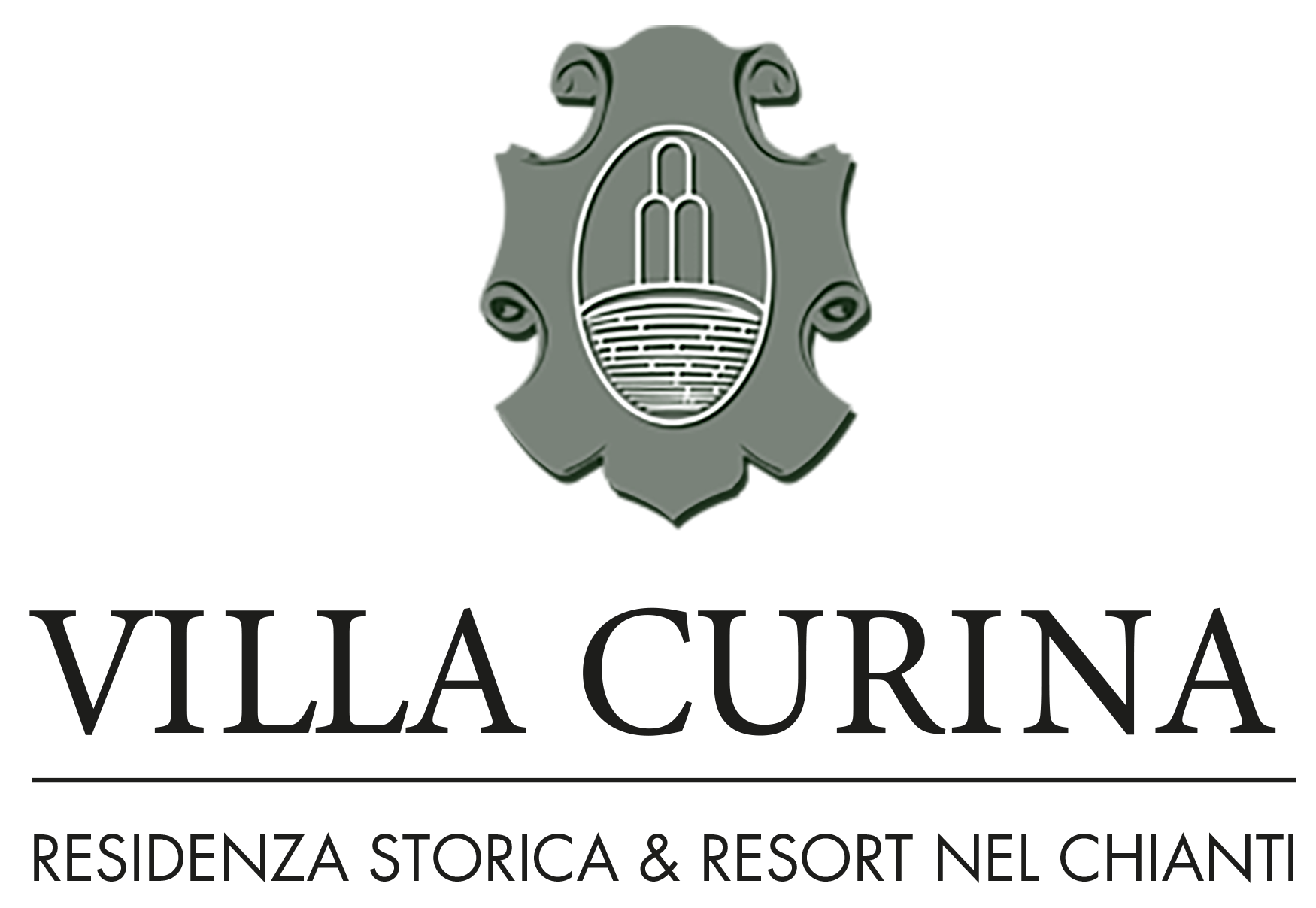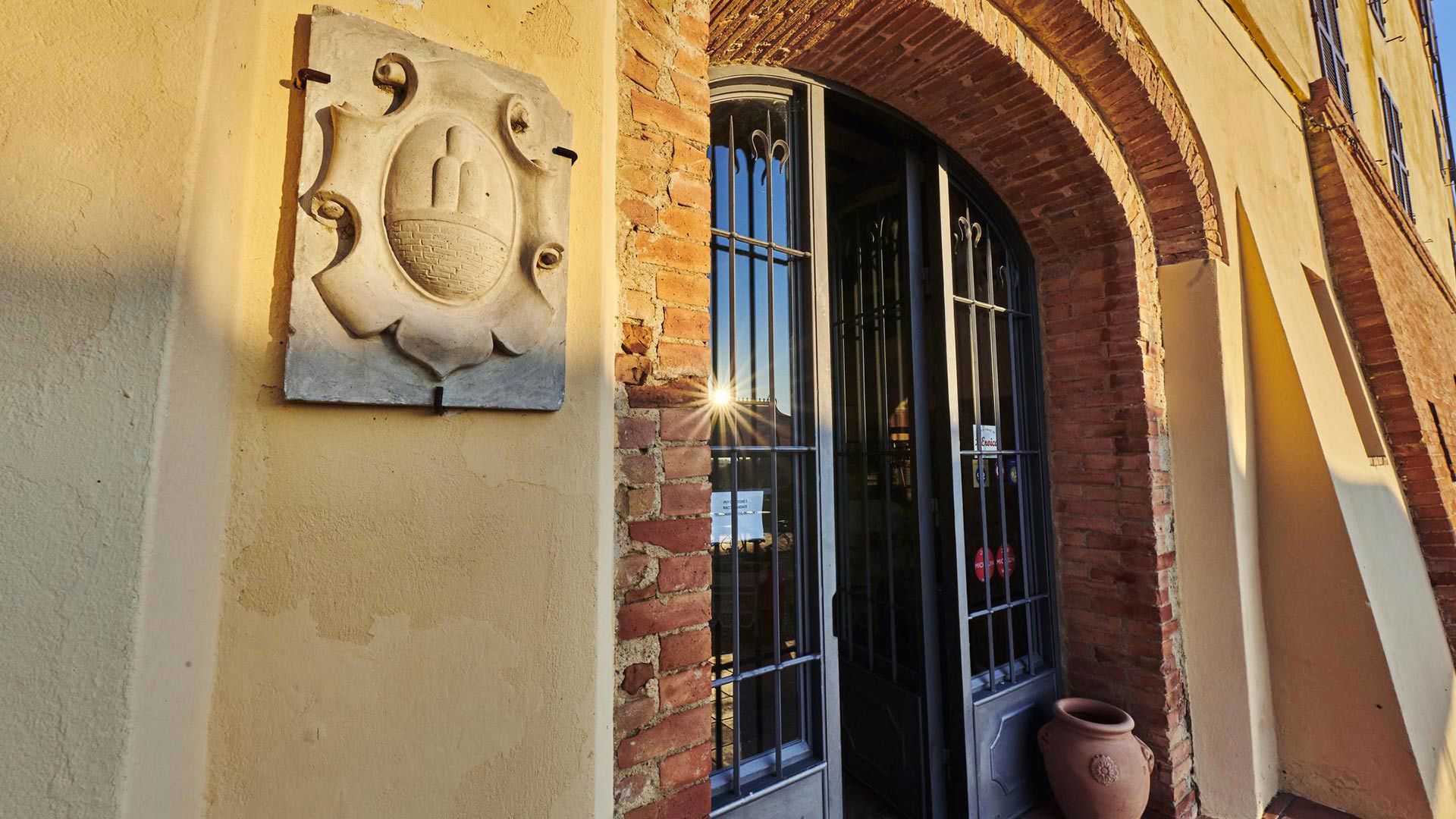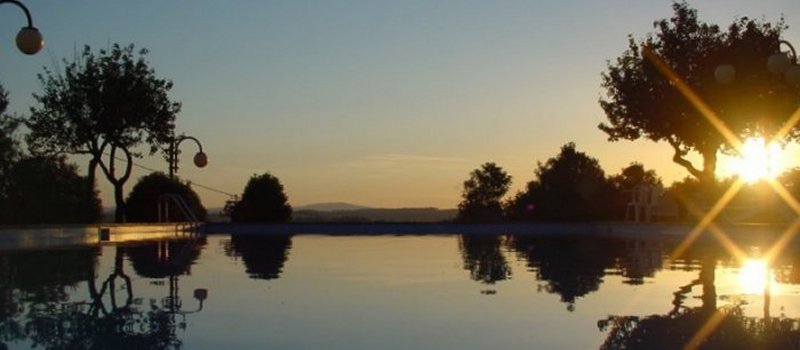At around 1300 a branch of this family – the Cinughi – settled in the County of Berardenga after escaping from Florence during the conspiracy of the Pazzi family against Lorenzo Il Magnifico. Their sympathy towards the Papacy’s politics favoured their establishment in the area and determined their growth and development. The family had two headquarters which were structurally connected in the land of Berardenga : Montegiachi and Curina.
“...Curina in Valdarbia, noble Villa of Family Cinughi of Siena among the population of Pieve di Pacina, one of 38 villages of Castelnuovo, in the diocese of Arezzo, 9 miles from Siena. It has a chapel with beautiful frescoes by Arcangelo Salimbeni”
The villa dates back to the XVI century and was transformed during the eighteenth century, precisely between 1776 and 1780. It took on the typical architectural features of this century, with a rectangular floorplan and a sloped base, with three floors covered by a pavilion roof, as we can still admire today. The small Italian garden – a little architectural jewel - located in front of the entrance of the Villa, dates back to the same timeperiod.



